I have been designing a circuit to filter noise from an ECG signal and amplify the signal of interest.
I am achieving this by cascading the output of an instrumentation amplifier with a bandpass filter and then a notch filter.
The AC analysis of the circuit is providing a result as desired, but the transient analysis is consuming a lot of time with no output.
Could someone please tell me what the required changes in the circuit would be to get an output?
